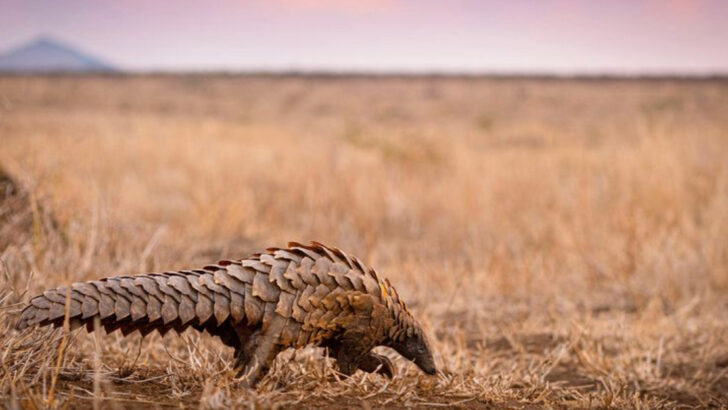Prepare to be amazed—nature’s armor isn’t just tough, it’s downright stunning! These 12 animals wear protective shells, scales, and hides so impressive, you’d swear they were designed by the world’s greatest fashion designer. From glittering beetles with armor that shines like jewels to armadillos sporting rolling suits of steel, these creatures prove that survival can be stylish. Their natural armor isn’t just for show—it’s a lifesaver, guarding them from predators and harsh environments. Get ready to meet nature’s ultimate warriors, flaunting armor that’s as fierce as it is fabulous!
Armadillo
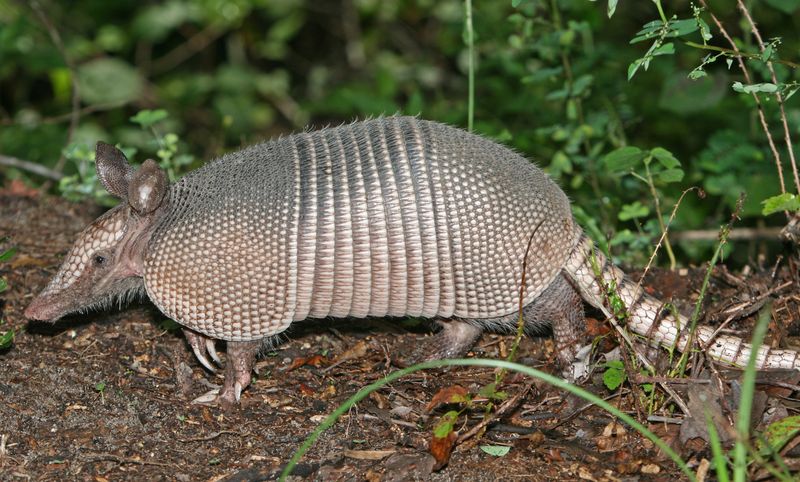
Armadillos are nature’s little tanks, clad in a suit of bony plates. These unique creatures roll into a protective ball when threatened, their armor shielding them from harm. Found primarily in the Americas, armadillos’ armor varies among species, but all serve the same purpose: protection. Despite their rugged exterior, armadillos are surprisingly gentle and shy. They dig burrows for shelter, showcasing their adaptability. Interestingly, some species can float by inflating their intestines, a quirky survival trait. This natural armor not only defends but also gives armadillos their iconic, prehistoric appearance.
Pangolin
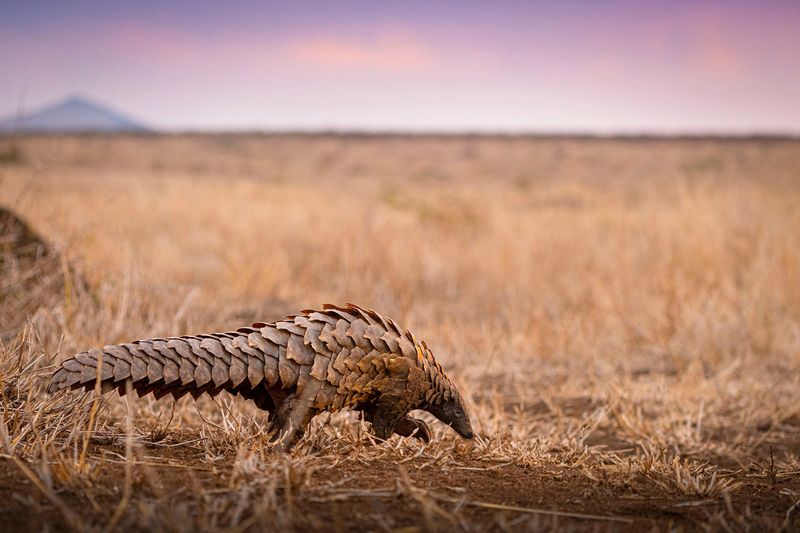
Pangolins, often mistaken for reptiles, are mammals covered in hard, overlapping scales. These scales, made of keratin, provide formidable protection against predators. When in danger, pangolins roll into a tight ball, presenting nothing but their armored surface. Found in Asia and Africa, they are solitary and nocturnal, feeding primarily on ants and termites. Sadly, pangolins are the most trafficked mammals, hunted for their scales and meat. Their natural armor, a marvel of nature’s design, is both a blessing and a curse, offering protection yet making them a target for illegal wildlife trade.
Turtle
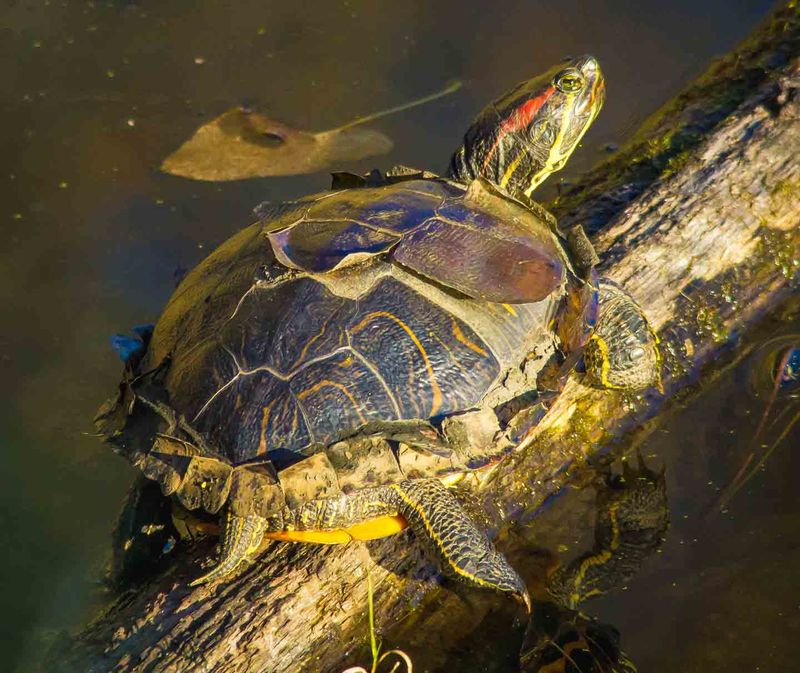
Turtles carry their homes on their backs, enveloped in hard shells that make them icons of patience and wisdom. This shell, a fusion of ribs and spine, offers unrivaled protection. Found worldwide, turtles exhibit diverse shell patterns and colors, each uniquely adapted to their environment. Whether in water or on land, their shells serve as mobile fortresses. Despite their slow pace, turtles are survivors, with some species living for over a century. Their shells not only shield them from threats but also symbolize endurance and resilience in the animal kingdom.
Horseshoe Crab
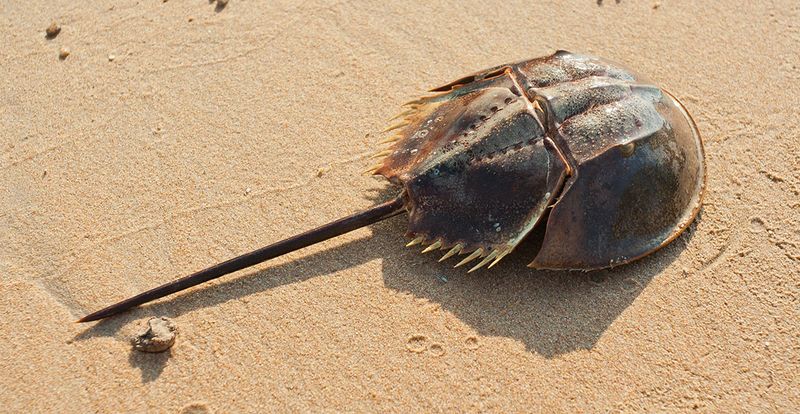
Horseshoe crabs, ancient mariners of the sea, boast a tough, dome-shaped exoskeleton. This armor, unchanged for millions of years, makes them living fossils. Their blue blood, vital for medical research, is a hidden treasure beneath their shell. Found along North America’s Atlantic coast, they play a crucial role in coastal ecosystems. Despite their intimidating appearance, horseshoe crabs are harmless, feeding on worms and small mollusks. Their resilient exoskeleton not only provides protection but also inspires scientific curiosity, merging the past and present in one remarkable creature.
Porcupine
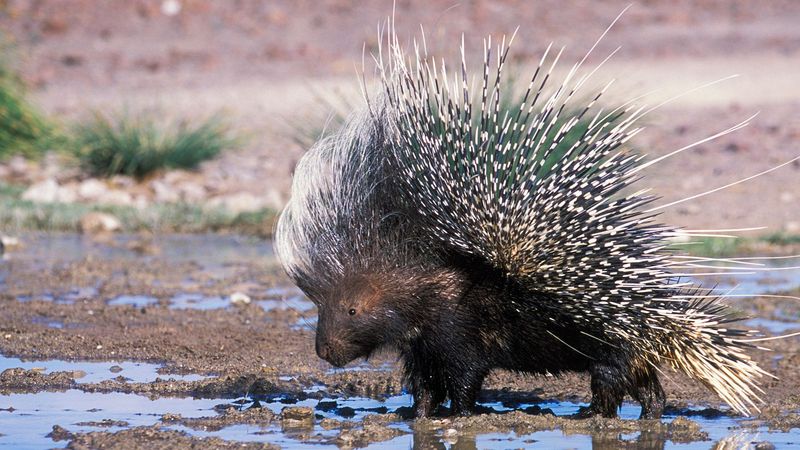
Porcupines, bristling with quills, are nature’s pincushions, whose defenses are as striking as they are effective. These rodents rely on their sharp, barbed quills to deter predators, a feature that makes them both feared and admired. Found across forests and grasslands worldwide, porcupines have a gentle nature, feeding primarily on vegetation. Their quills, contrary to popular belief, are not shot out but detach easily when touched. This natural armor provides a formidable deterrent, ensuring porcupines can go about their daily foraging with confidence, unbothered by potential threats.
Crocodile
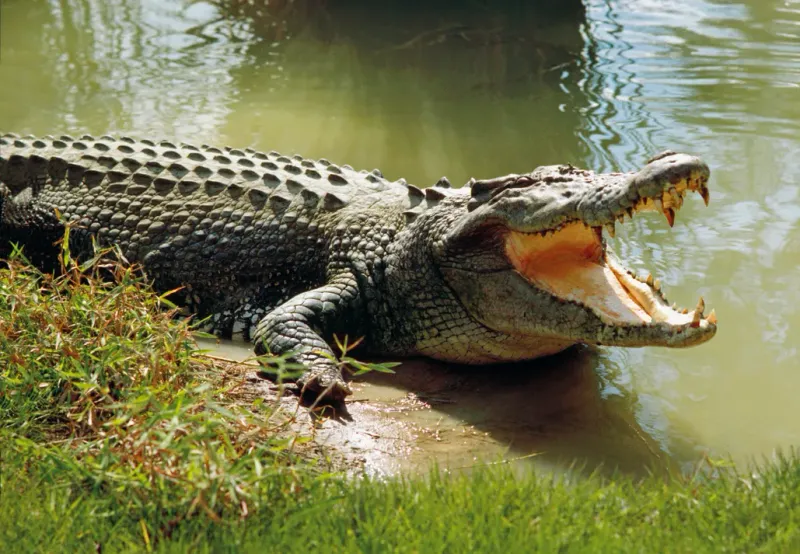
Crocodiles, with their thick, scaly skin, are apex predators whose armor is both a shield and a signature. These reptiles are masters of stealth, using their rugged hide to blend into murky waters. Found in tropical regions worldwide, crocodiles have outlived dinosaurs, a testament to their resilience. Their tough skin, embedded with bony deposits called osteoderms, offers protection against both predators and prey. This natural armor allows crocodiles to lurk silently, emerging with explosive speed to capture their next meal. Their armored exteriors make them enduring symbols of survival and power.
Armadillo Lizard
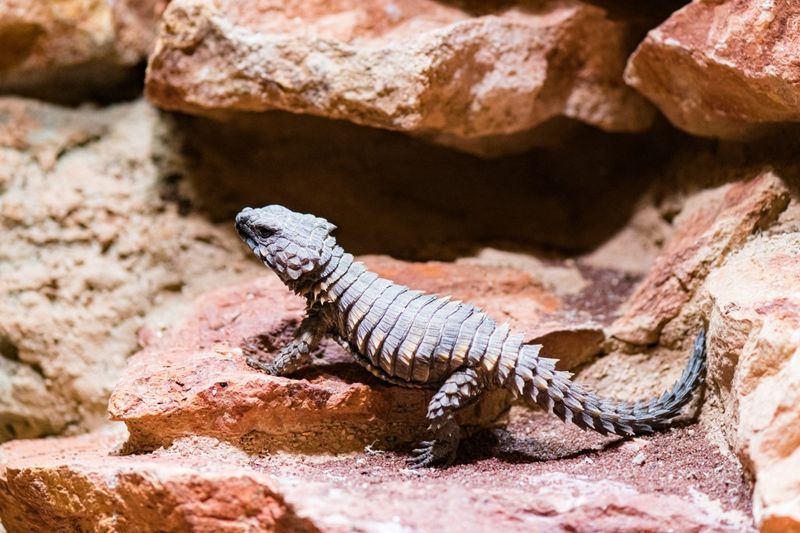
The armadillo lizard, native to South Africa, is a miniature dragon of the desert. Its spiny scales deter predators, adding a prehistoric flair to its appearance. When threatened, these lizards curl into a ball, echoing their namesake’s defense strategy. Their habitat in rocky crevices provides both refuge and hunting ground. Unlike many reptiles, armadillo lizards are social, often basking in groups under the sun. This combination of natural armor and communal behavior showcases the unique adaptability of these creatures, making them both a wonder of nature and a subject of intrigue.
Beetle
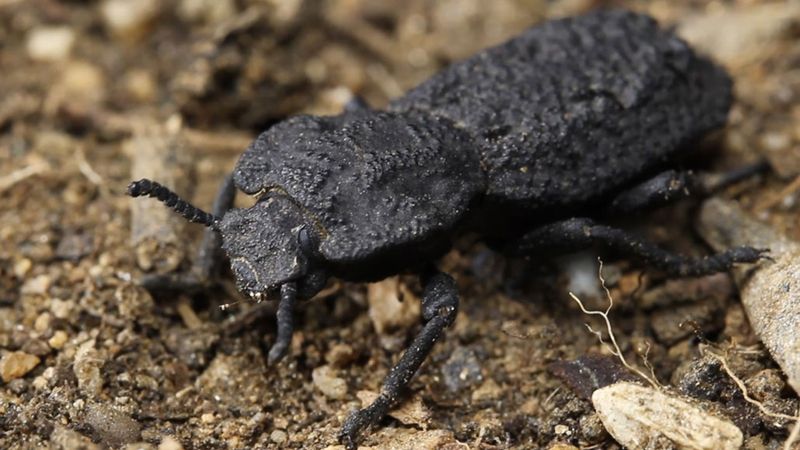
Beetles, with their hard exoskeletons, are among the most diverse creatures on Earth. These protective shells not only shield them from predators but also support their versatile lifestyles. Found in nearly every habitat, beetles exhibit a dazzling array of colors and shapes, each adaptation a testament to evolution’s creativity. Their armor allows them to burrow, fly, and survive in challenging environments. From the shimmering jewel beetles to the industrious dung beetles, their robust exteriors ensure continued survival, making them a constant presence in the natural world’s intricate tapestry.
Scorpion
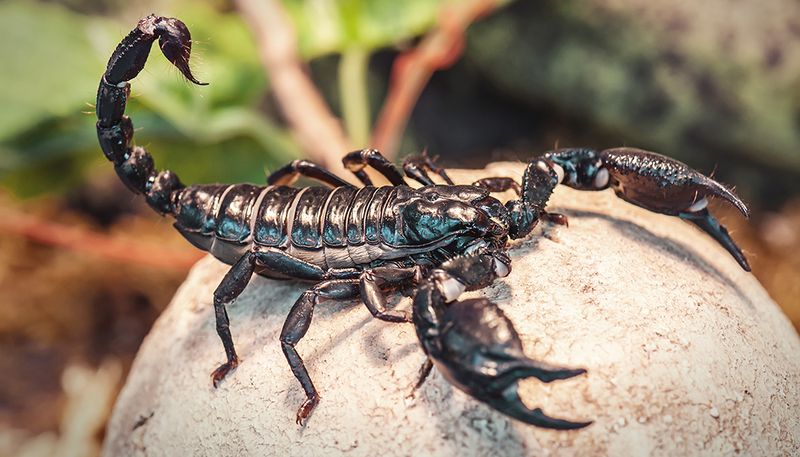
Scorpions, with their menacing pincers and venomous tails, are desert warriors. Their tough exoskeletons provide protection from harsh environments and predators. Found globally, especially in arid regions, scorpions are ancient survivors, with fossils dating back hundreds of millions of years. Their armor not only shields but also supports their predatory lifestyle, allowing for swift and agile movements. Despite their fearsome reputation, scorpions are crucial to ecosystems, controlling insect populations. This natural armor, paired with their formidable offensive capabilities, makes scorpions icons of resilience and adaptability.
Ankylosaurus
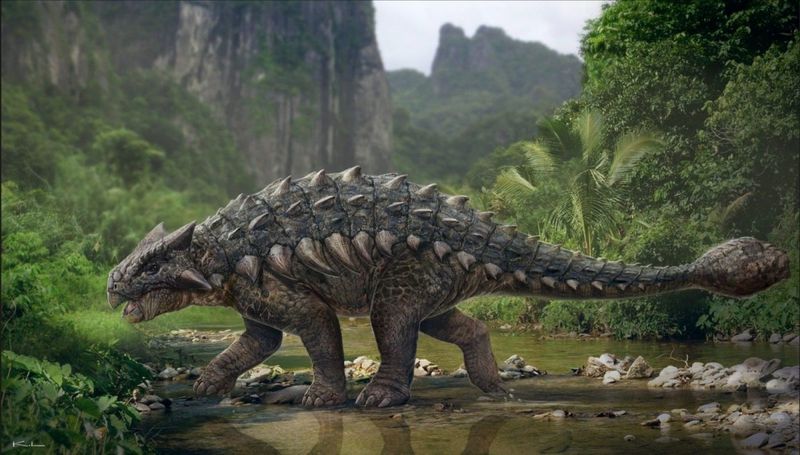
Ankylosaurus, a dinosaur with a fortress-like exterior, roamed the Earth millions of years ago. Its bony plates and clubbed tail served as defense against predators like the fearsome Tyrannosaurus rex. This herbivore’s armor was so effective that few dared attack. Found in North America, its remains inspire awe, highlighting nature’s knack for crafting resilient defenses. The Ankylosaurus’ natural armor is a testament to evolutionary ingenuity, providing insights into how prehistoric creatures thrived. Its legacy lives on, not only in fossil records but also in the armored creatures that grace our world today.
Rhinoceros
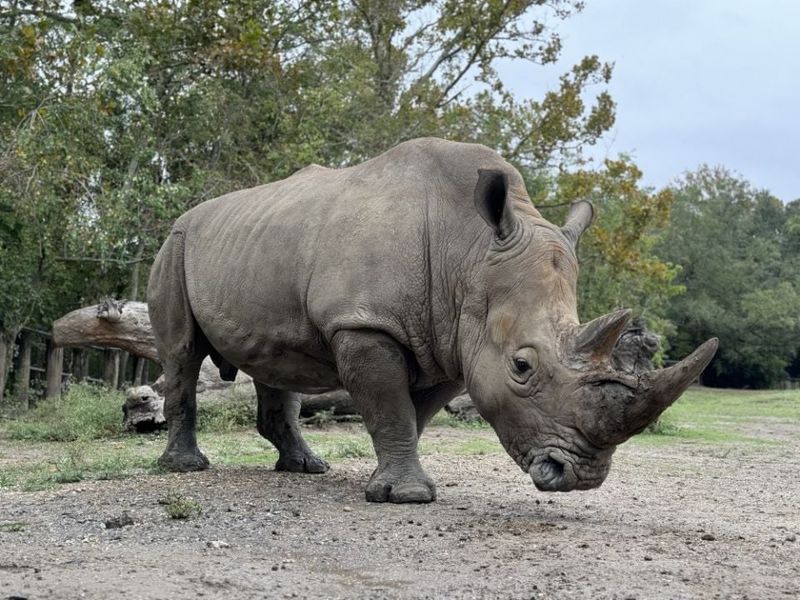
Rhinoceroses, with their thick skin and formidable horns, are icons of strength and resilience. Their armor-like hide defends against predators and harsh climates. Found in Africa and Asia, rhinos are solitary giants, roaming grasslands and forests. Despite their size, they are surprisingly agile, capable of running at impressive speeds. Sadly, their horns make them targets for poaching, threatening their survival. This natural armor, both a blessing and a curse, highlights the delicate balance between beauty and vulnerability in the wild, underscoring the urgent need for conservation efforts.
Crab

Crabs, with their hard shells and formidable claws, are masters of the coast. Their exoskeletons protect them from predators and rough tides, allowing them to thrive in intertidal zones. Found globally, crabs are adaptable, with species ranging from the small hermit crab to the large king crab. Their armor not only shields but also supports their diverse feeding habits, from scavenging to predation. This natural armor allows crabs to traverse both land and sea, making them symbols of adaptability and survival in the ever-changing marine environment.

